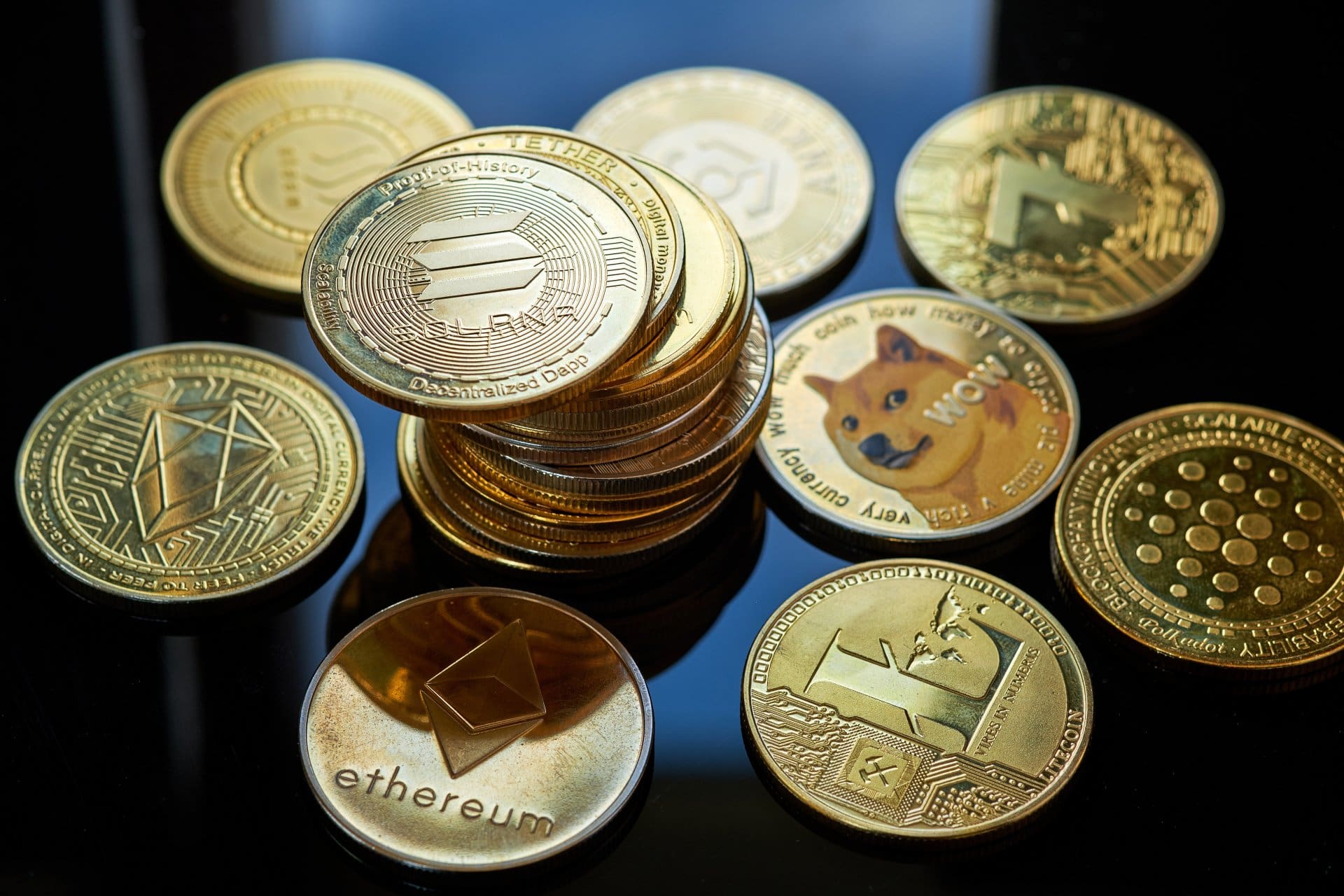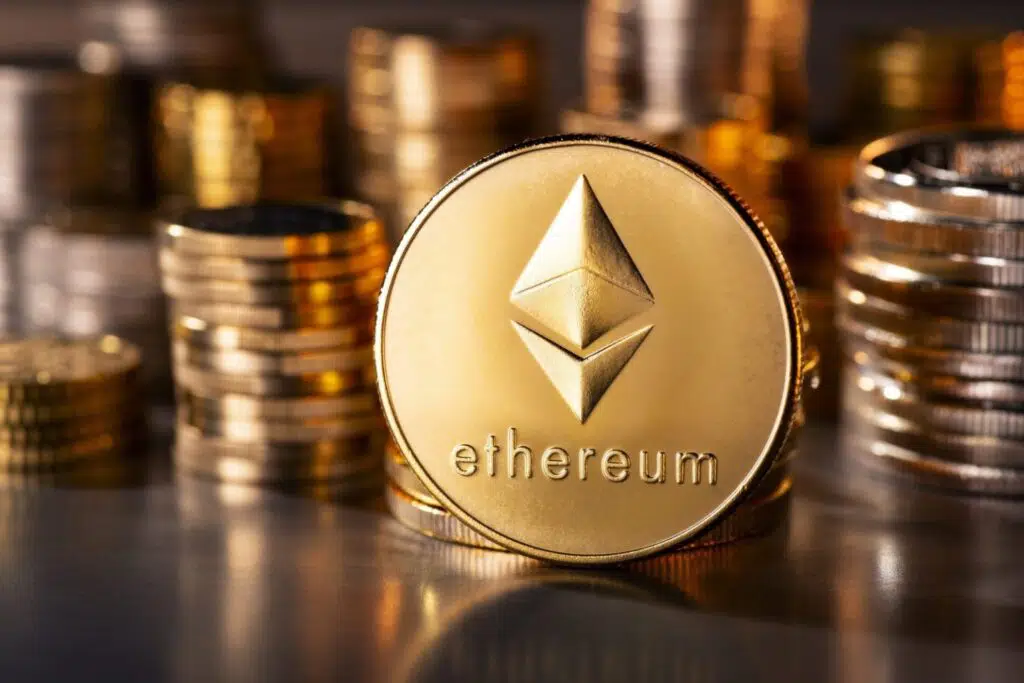Table of Contents
The altcoin market has come a long way from the early days when most Bitcoin alternatives were little more than a copy-and-paste experiment. It has evolved into a diverse crypto ecosystem powering most of the ambitious innovations in blockchain. They now represent everything from decentralized finance (DeFi) protocols to global payment networks and AI-driven data marketplaces.
But with over 10,000 of these tokens in circulation, not all altcoins are created equal, many never deliver on their promises and some are designed to fail from the start. For investors, this create both opportunity and risk in equal measures. A well researched altcoin can outperform Bitcoin by a wide margin. Likewise a poorly chosen one can evaporate your capital overnight.
Understanding how to evaluate an altcoin before investing can be the difference between strategic positioning and blind speculation. This guide walks you through exactly how to analyze altcoins with the rigor it deserves before investing so you can identify the real value, avoid costly traps, and position yourself ahead of the crowd.
Types of Altcoins

Altcoins, the short form for “alternative coins” comes in different types and purposes with each category having its own risk profile, potential rewards and market behavior. Here are the main types that make altcoins.
1. Stablecoins
Stablecoins are designed to maintain a steady value by pegging to traditional assets like the U.S dollar, Euro or even commodities such as gold. Examples of stablecoins include USD Coin (USDC), Tether (USDT) and DAI. They are generally used for hedging against market swings and making quick cross border payments but they rely heavily on the issuer’s reserves.
2. Memecoins
The name “memecoin” comes from the fact that they have a very funny take on well known cryptocurrencies. They are driven by community and viral internet culture. Memecoin like Dogecoin and Shiba Inu often begin as jokes but can skyrocket in value during social media frenzies. While they can deliver big short term wins, their value is extremely volatile and often lacks long term utility.
3. Mining-Based Altcoins
These Altcoins use proof-of-work technology and powerful computers to process and generate new coins through mining as well as transactions just like Bitcoin. Coins such as Litecoin (LTC) and Monero (XMR) are popular in this category. They are known for strong network security and a long track record but mining can be energy-intensive and profitability often depends on electricity costs and hardware efficiency.
4. Utility Tokens
Utility tokens is a type of token that powers blockchain platforms by granting access to some features or services. For example Binance coin (BNB) is used for trading discounts on Binance, while Uniswap (UNI) gives holders voting rights to protocol changes. Utility token value is closely tied to the platform’s success. If adoption grows so does the token potential but if interest reduces, demand can quickly drop.
5. Security Tokens
Security tokens are a lot like the traditional securities that are traded on stock markets. They represent legal ownership in assets like company shares, bonds or real estate and are subject to strict regulations. They offer the stability of being backed by real world value but this also limits where and how they can be traded. This sometimes reduces liquidity compared to other altcoins
How to Evaluate Altcoins Before Investing
1. Study the White Paper and Value Proposition
The crypto white paper is the blueprint of any project. It outlines the coin’s purpose, its technology and how it plans to deliver value to users. A good white paper will clearly define the problem it aims to solve and the solutions offered. If the altcoin value proposition is vague or overly complicated without a clear benefit to users then it is a red flag.
2. Assess Supply and Demand Dynamics
One of the greatest ways to evaluate your next crypto investment is to look at supply and demand. A strong investment often comes from projects with growing demand and limited or stable supply. Look at whether the altcoin has built-in mechanisms such as staking rewards, token burns, or capped supply that encourage scarcity. Coins that can increase demand while limiting supply tend to hold and grow their value effectively over time.
3. Research the Team and Key Stakeholders
Once you have a clear understanding of the project’s capabilities, it’s also critical to thoroughly examine the project team which is usually contained in the white paper. A project’s success is heavily tied to the experience and credibility of its team. Review their past work, qualification and their presence in the blockchain space. Check their official website, Linkedin profiles and their contribution to reputable projects.
Transparent teams that actively engage with their communities are generally more trustworthy. Ethereum growth for example is fueled not just by its technology but by the strength of its developer community and leadership which continually attract top talents and partnerships.
4. Check Adoption and Ecosystem Growth
A coin that is being used in real applications is usually more promising than one that exists only in theory. Look out for integrations into platforms, partnerships with established companies, and active participation in decentralized finance (DeFi) or other blockchain ecosystems.
5. Monitor Ongoing Development and Community Support
Healthy projects keep evolving. Regular code updates, features launches and developer activity signal a commitment to long term success. Engaged communities on platforms like Twitter, Discord or Telegram also play a key role in driving awareness and adoption.
By following these steps, you will be better equipped to spot altcoins with genuine potential instead of falling for temporary hype.
Altcoin Platforms with the Most Potential
While the crypto market is filled with thousands of altcoins, only a selected few have built ecosystems strong enough to drive real world adoption and maintain long term relevance. These platforms stand out not just for their market performance but for the technology and utility they bring to the blockchain space.
1. Ethereum

Ethereum remains the undisputed leader in smart contract platforms powering the majority of decentralized applications (dApps) across DeFi, NFTs, gaming, and more. Ethereum’s blockchain powers the vast majority of today’s decentralized financial systems, while its native token, Ether (ETH), is constantly improving its utility.
Its upcoming upgrades aim to improve scalability, reduce fees and enhance security, a critical factor for supporting mass adoption. With thousands of developers building on Ethereum and billions in total value locked (TVL) it continues to be the backbone of the decentralized economy.
2. Chainlink
Chainlink has established itself as the leading decentralized oracle network enabling smart contracts to securely interact with real world data. From price feeds for DeFi protocols to data for insurance applications, chailink bridges the gap between blockchain and external systems. Its strong partnership with both crypto native projects and traditional enterprises makes it a key infrastructure piece for the next wave of blockchain innovation.
3. Aave
Aave is a pioneer in decentralized lending and borrowing offering users the ability to earn interest or access liquidity without traditional banks. Its protocol supports multiple assets, advanced features like flash loans, and a proven security track record. Aave’s commitment to continuous innovation has positioned it as one of the most trusted names in DeFi attracting both retail users and institutional players.
4. Stellar Lumens (XLM)
Stellar focuses on making cross border payments faster, cheaper and more accessible. Its partnership with major financial institutions and payment providers have helped bridge traditional finance with blockchain technology. Steller’s mission driven approach and technical efficiency make it a strong contender in the global remittances and settlement market.
Frequently Asked Questions (FAQs) About Analyzing Altcoins Before Investment
What makes an altcoin worth investing in?
An altcoin is worth considering if it has a measurable adoption, a strong community and a transparent team. Metrics like market capitalization, trading volume, partnerships and network activity can provide clues about its long term potential.
Does Altcoin pose more risk than Bitcoin?
Generally, yes. Bitcoin has the advantage of being the most established cryptocurrency with the largest network effect. Many altcoins are newer, less liquid, and more volatile. Still, some altcoins can deliver higher returns if chosen wisely.
How do I store altcoins safely?
The safest way is through a hardware wallet or a reputable software wallet that gives you full control of your private keys. Storing funds on exchanges for long periods is risky as they can be a target for hacks.
What is the minimum capital needed to start investing in altcoins
There is no fixed minimum. The crypto market allows you to start with as little as a few dollars. What matters most is setting a budget you can afford to lose, starting small and gradually increasing your exposure as you gain experience and confidence.
How do regulations affect altcoin price
Regulatory developments can have a big impact on market sentiment and adoption. Positive regulations can attract institutional investors and drive prices up while restrictive laws can limit accessibility and cause short term volatility.
Conclusion
Investing in altcoin is less about chasing the next overnight millionaire story and more about disciplined, informed decision making. The most successful investors don’t guess, they investigate and make constructive analysis. They study the project technology, dissect its tokenomics, follow developer activity and understand the demand for its solution.
This is not glamorous work but it is what separates a strategic investment from an expensive gamble. What follows is not a promise of quick wins but a framework. A way to slow down in the market that moves fast, to ask the hard questions before you buy and to recognize the warming signs before it is too late. If you approach altcoin analysis with patience and rigor, you will be ahead of most traders.
Last updated on August 18, 2025

